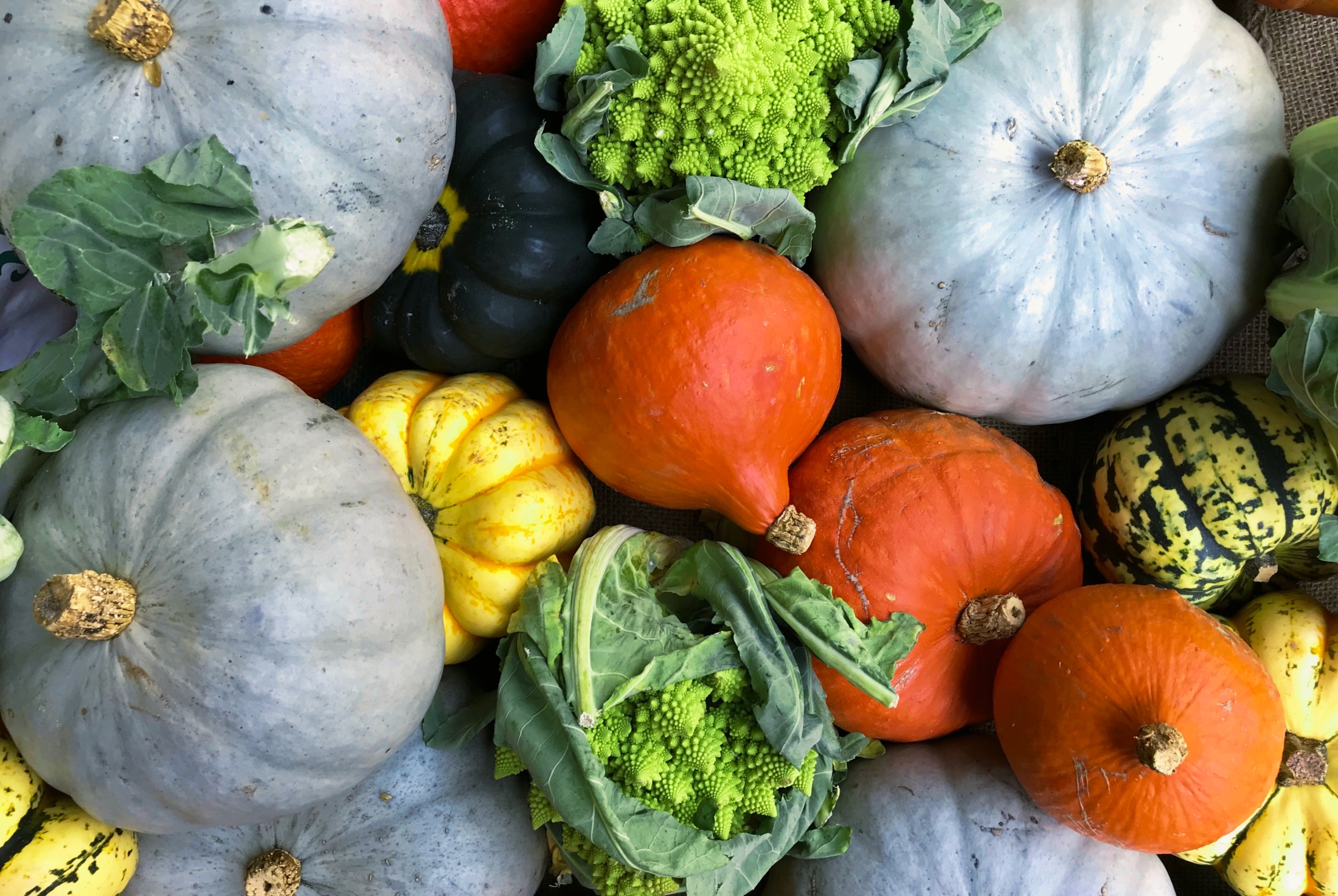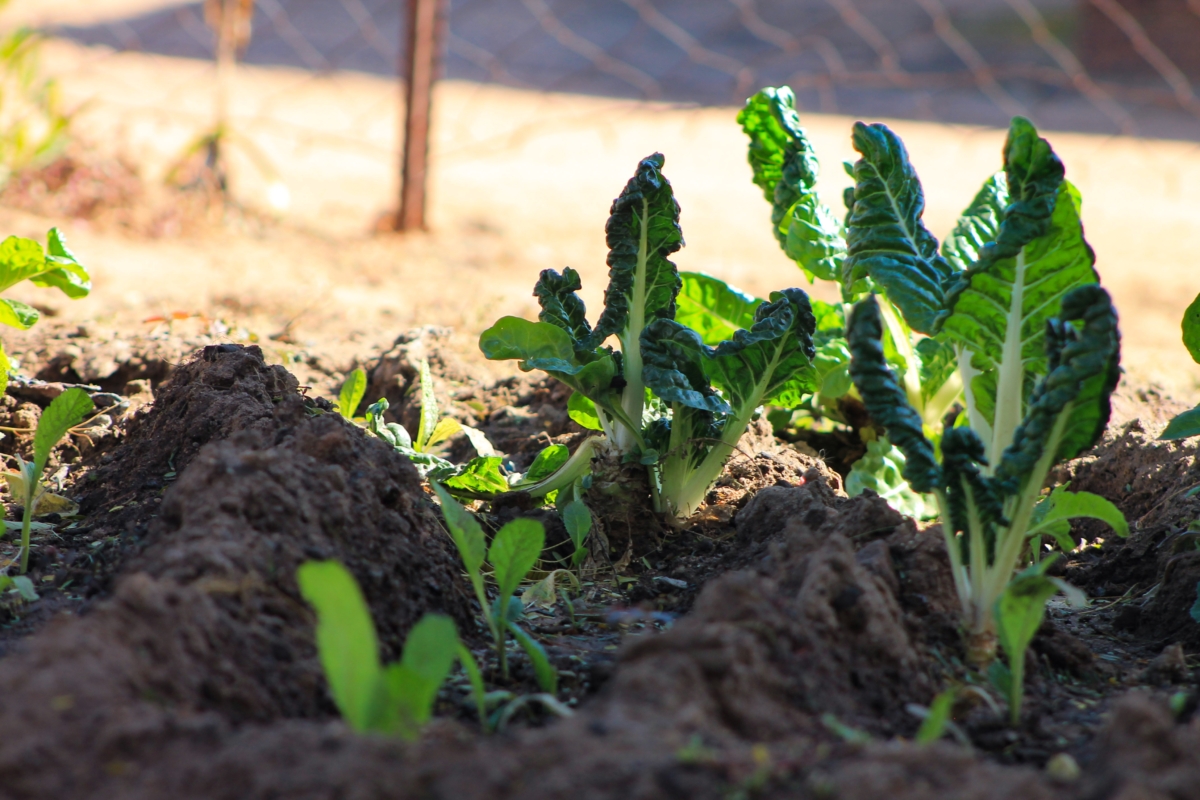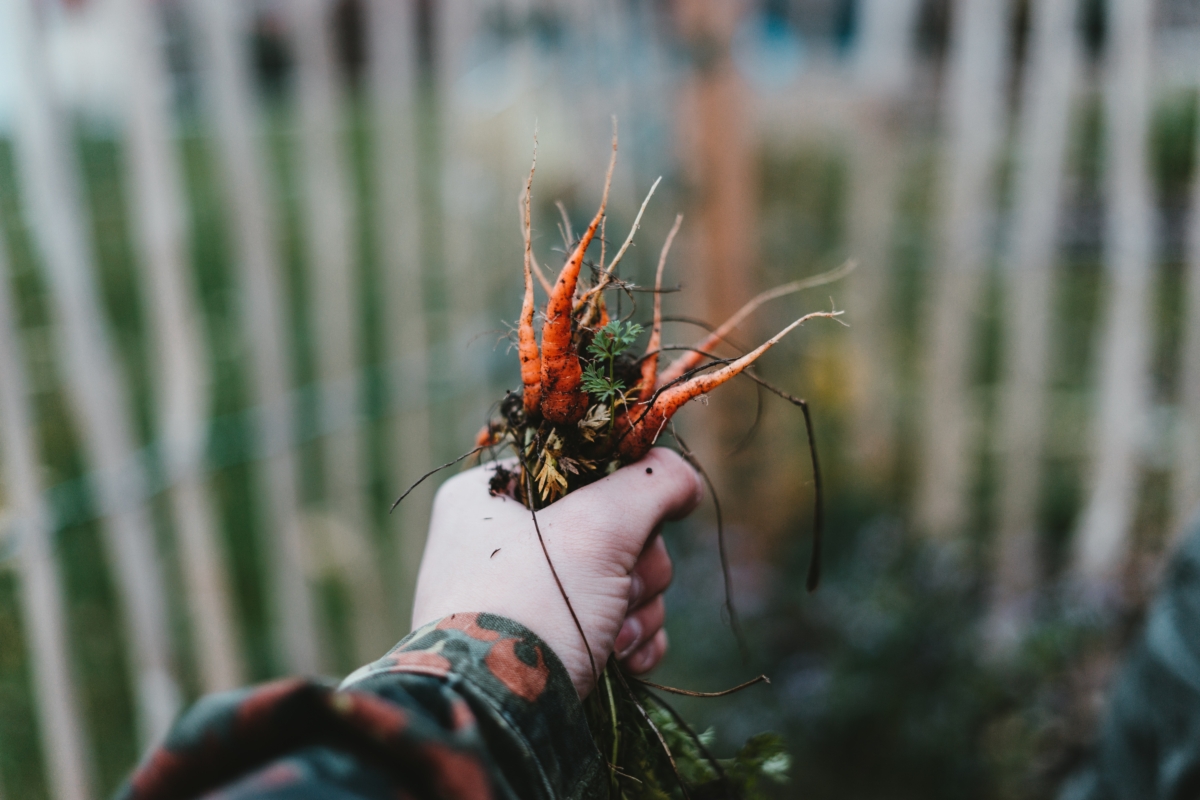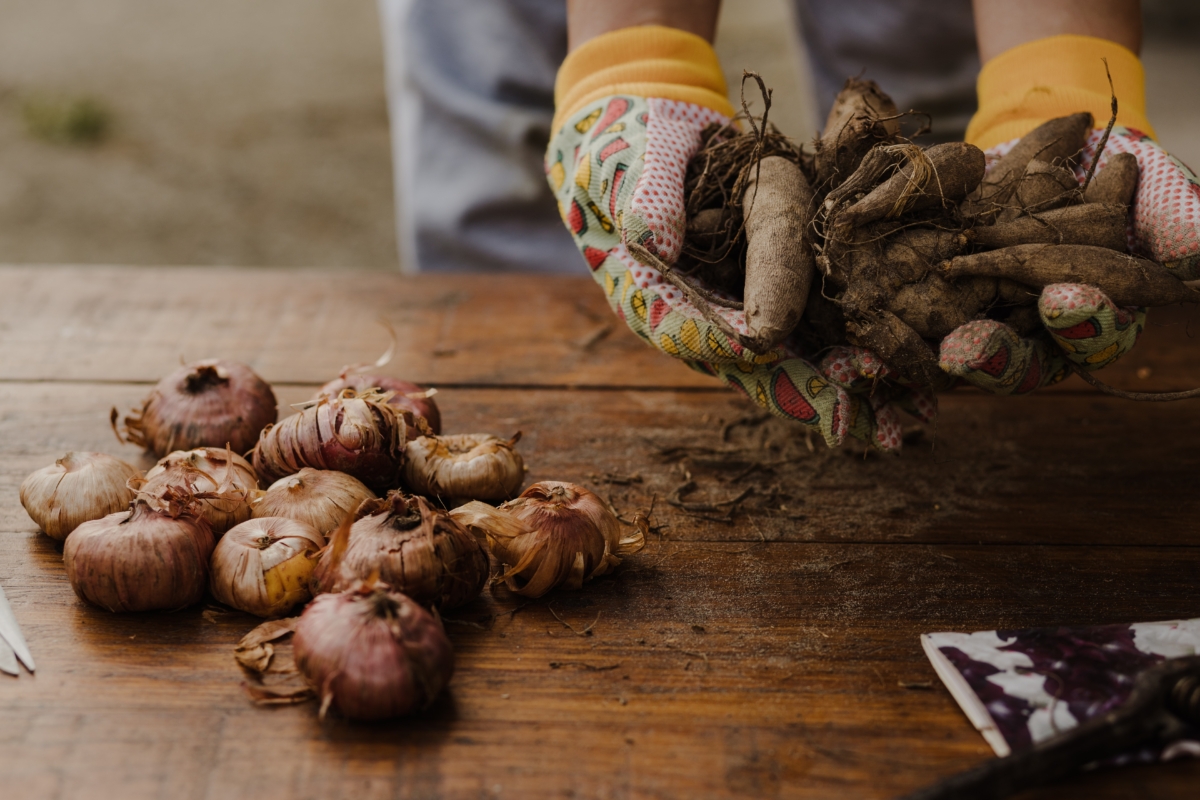
As autumn paints the landscape with warm hues and cooler temperatures settle in, October is a crucial time for gardeners to prepare their organic gardens for the changing season. With a little attention and the right techniques, you can ensure a thriving garden that yields bountiful produce and vibrant blooms. Here are five essential tips for maintaining an organic garden in October, covering soil, vegetables, fruit, herbs, and flowers.
1. Soil: Nourishing the Earth’s Canvas
The foundation of any successful organic garden lies in its soil. October is the perfect time to rejuvenate and replenish the earth for the seasons ahead.
Compost Enrichment
Gently turn over the soil and incorporate well-rotted compost. This enriches the soil with essential nutrients, improves drainage, and enhances microbial activity. Compost acts as a natural slow-release fertilizer, ensuring your plants have access to the nutrients they need.
Mulching
A layer of organic mulch helps regulate soil temperature, conserves moisture, and suppresses weeds. Use materials like straw, leaves, or well-rotted wood chips to create a protective blanket for your garden beds.
2. Vegetables: The Autumn Harvest
Autumn offers a final flourish of vegetables before the cold sets in. Give your vegetable patch the care it needs to thrive.
Plant Cool-Season Varieties
Sow or transplant cold-hardy vegetables like kale, spinach, carrots, and radishes. These crops can withstand cooler temperatures and will continue to produce well into the autumn months.
Extend the Season
Consider using row covers or cloches to protect tender crops from early frosts. These simple structures can provide an extra layer of insulation, allowing you to enjoy your homegrown produce for longer.


3. Fruit: Sweet Rewards
Autumn is a time of abundance for many fruit-bearing plants. Proper care ensures a fruitful harvest.
Pruning and Pest Management
Trim back any dead or diseased branches from your fruit trees and bushes. Check for signs of pests or diseases and take appropriate action, using organic methods to maintain a healthy ecosystem.
Harvest and Store
Be vigilant about harvesting ripe fruits promptly. Store them in a cool, dark place to extend their shelf life. Consider making preserves or freezing excess produce for later enjoyment.
4. Herbs:
Herbs are a versatile addition to any garden, providing flavor to meals and attracting beneficial insects.
Harvest and Dry
October is an excellent time to harvest and dry herbs for winter use. Tie bundles of herbs together and hang them in a warm, well-ventilated area. Once dried, store them in airtight containers away from direct light.
Companion Planting
Integrate herbs like rosemary, sage, and thyme among your vegetables. They can act as natural pest deterrents while enhancing the flavor of nearby crops.
5. Flowers:
While the growing season may be winding down, there’s still room for beauty in the autumn garden.
Select Late-Blooming Varieties
Choose flowers like asters, chrysanthemums, and autumn crocuses to add vibrant color to your garden. These varieties thrive in cooler temperatures and provide a stunning backdrop to the changing season.
Leave Seedheads for Wildlife
Allow some flowers to go to seed. This provides a valuable food source for birds and insects, contributing to a healthy and balanced garden ecosystem.
With these tips in hand, you’re well on your way to nurturing a flourishing organic garden throughout October. Remember, a little care now ensures a garden that continues to give back in the seasons to come.
Happy gardening!









